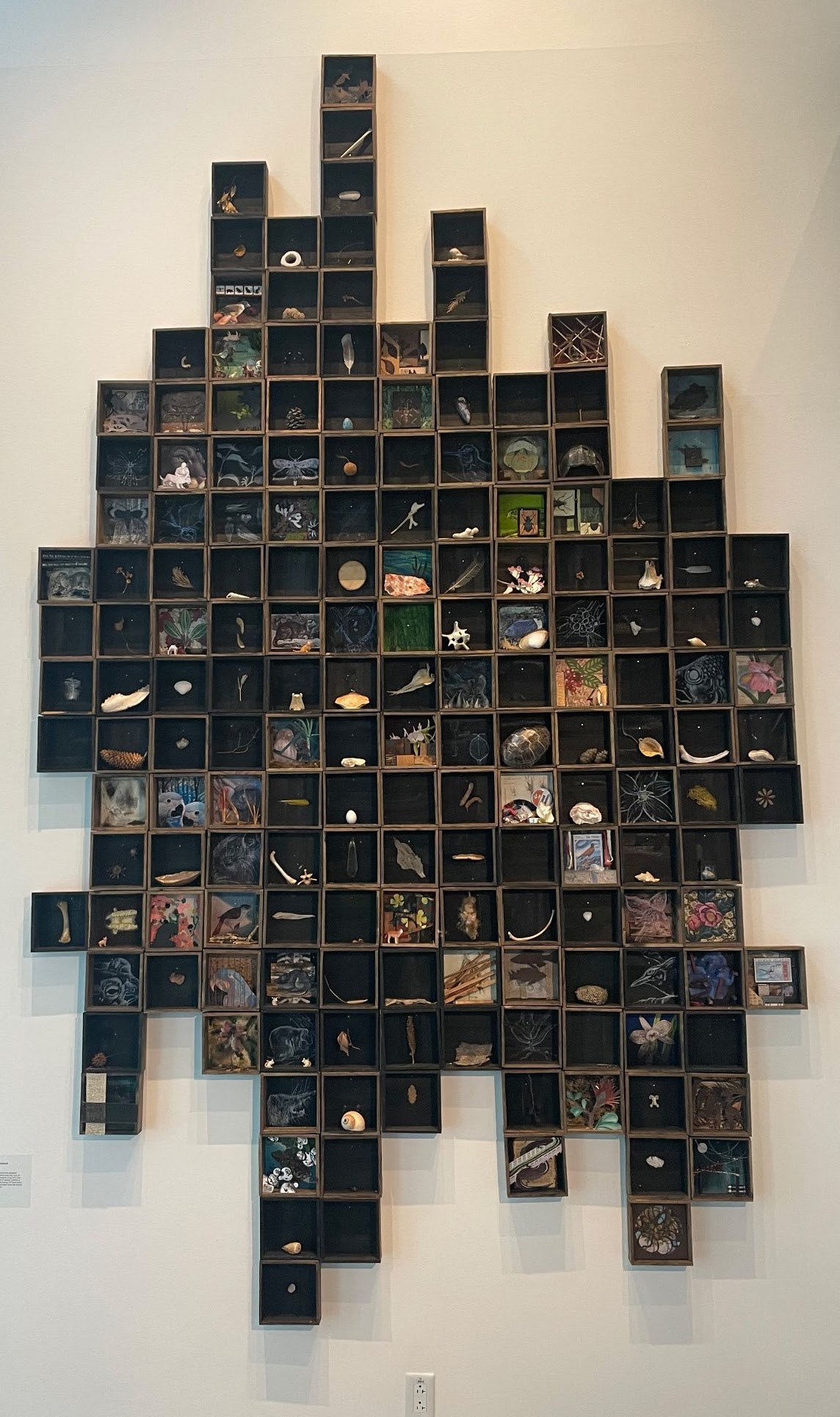PROVIDENCE, R.I. [Brown University] — A spring exhibition and symposium at Brown University will focus on how artists, scientists and activists can work together to advance wildlife conservation efforts.
The Brown Arts Institute exhibition, titled “Re-Examining Conservation: Questions at the Intersection of the Arts and Sciences,” is on view now through June 10 at the University’s Granoff Center for the Creative Arts. It features work by artists, writers and other creative professionals that takes a closer look at the complex relationships between humans and animals.
A free, public symposium of the same name, taking place from Thursday, April 21, to Saturday, April 23, will engage Brown scholars across multiple fields of study, leading wildlife specialists, community artists and more in a series of talks and workshops focused on how humans can protect and preserve wildlife amid catastrophic climate change and overdevelopment.
“Animals cannot speak to us in ways that we are used to, but we have to find ways to listen to them, because their future is at stake,” said Thalia Field, faculty director of the Brown Arts Institute and a professor of literary arts. “Our world is inseparably intertwined with theirs; their livelihood ensures a fertile, complete and safe world for us. I don’t think there’s a more timely topic to be tackling.”
Field said the exhibition comes to College Hill courtesy of Creature Conserve, a Rhode Island-based nonprofit that brings artists and scientists together to study, celebrate and protect animals and their habitats. The exhibition is Creature Conserve’s biennial showcase, she said, and it features more than 20 works of art that invite people to examine how, where and why the world should seek to establish more balanced human-animal relationships.
